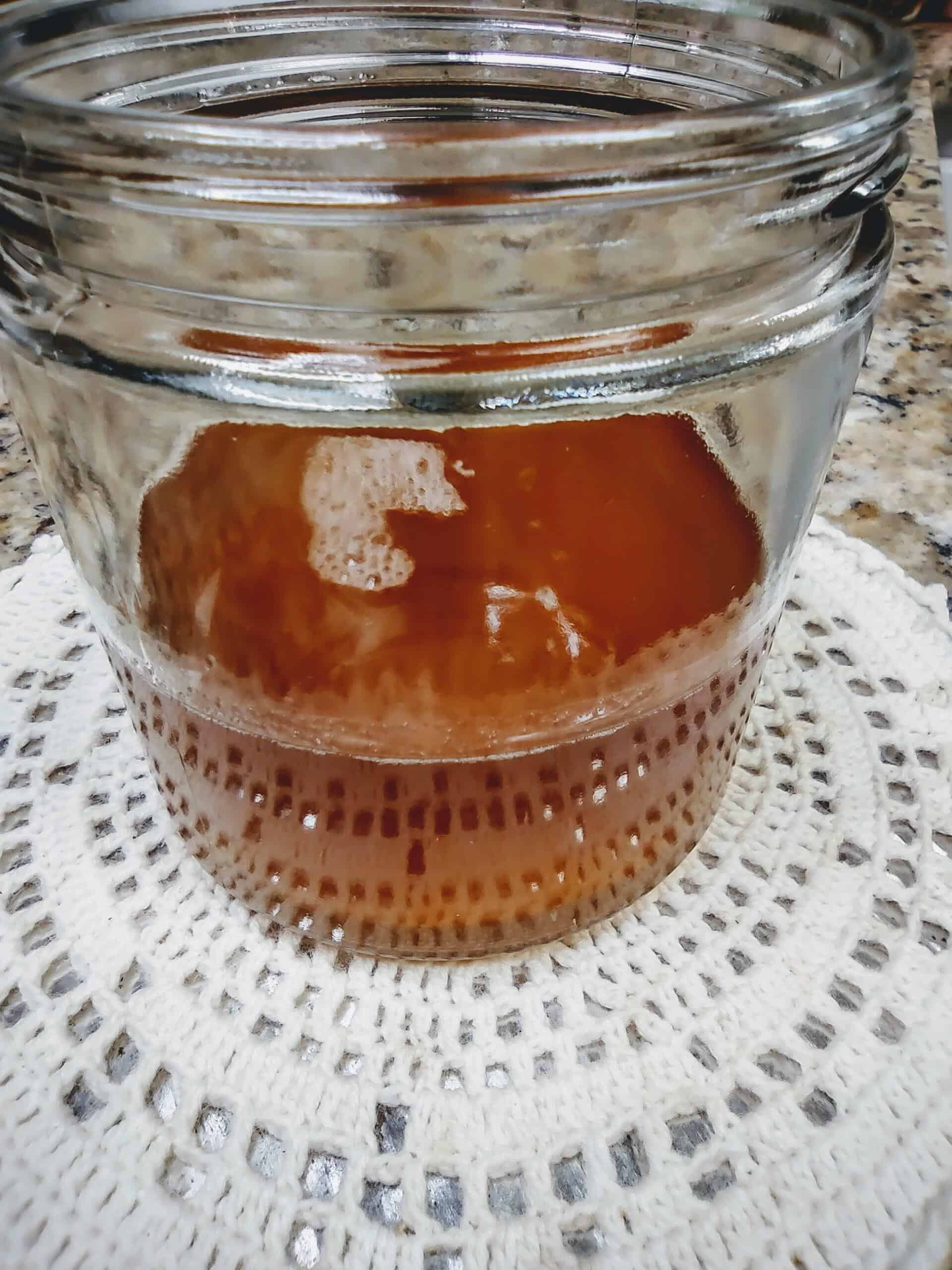Step into the kitchen arena where two titans of taste go head-to-head: Orzo vs Couscous! These are two of my favorites and I use them quite often instead of traditional pasta or rice!

Orzo and couscous, are both a beloved staple food in kitchens around the globe!
At Forking Good Food, we’re smitten with both couscous recipes and orzo recipes. Orzo, with its pasta personality and rice-like appearance, brings a delightful chew to every dish.
Couscous, on the other hand, offers a world of fluffiness that complements stews and salads alike.
While they may look similar, they’re both very versatile ingredient! Orzo, a pasta enthusiast’s dream, works wonders in soups and bakes, absorbing flavors like a culinary sponge.
Couscous, the quick-cooking marvel, is a weeknight dinner savior, ready to fluff up in minutes and a great option to elevate your meals.
But let’s not pick favorites; we adore them both, whether it’s orzo turning your cold salads into hearty meals or couscous making your spicy tagine stand out.
So here is a little about the brown rice substitutes that can help with weight loss and offer a whole wheat option.

Orzo
Orzo, a versatile rice-shaped pasta, brings a delightful twist to your culinary creations. Its small size and smooth texture make it a perfect choice for salads, soups, and flavorful side dishes.
- Grain Type:
- Orzo is a type of pasta that is shaped like rice. It is made from wheat semolina flour and water.
- Texture and Shape:
- Orzo has a small, rice-like shape, but it has a smooth and slightly oval appearance. It is often mistaken for rice due to its size and shape.
- Cooking Method:
- Orzo is typically boiled in water, similar to other pasta types. It is often used in soups, salads, and side dishes.
- Flavor Profile:
- Orzo has a mild, neutral flavor, making it versatile for pairing with various sauces, herbs, and ingredients.
- Culinary Uses:
- Commonly used in Mediterranean and Italian cuisines, orzo is a popular choice for pasta salads, pilafs, and accompaniments to meat or vegetable dishes.
Here are some awesome Orzo Recipes to try…

Lemon Orzo Salad with Feta
Simple to prep and so flavorful, this easy Lemon Orzo Salad with Feta is so quick to toss together and a perfect side dish for any meal. Loaded with fresh herbs, cucumbers, peppers and lots of feta. Lemon zest and juice give the salad a vibrant and fresh flavor everyone will love!

Orzo Risotto with Gorgonzola
This recipe is a fusion of these two dishes. The pasta, orzo, not only looks like rice, but is cooked risotto style. Italians call this method risottata. In other words, in the same way one would cook rice for a risotto. The result is a creamy Gorgonzola pasta that looks like a risotto.

Greek Orzo Salad
Greek Orzo Salad with tender orzo pasta, cucumber, tomatoes, onion, sweet bell peppers, feta cheese, and bits of black olive. Dress it with Tzatziki Sauce to bring all those classic Greek flavours together into one summery pasta salad.

Couscous
Couscous, a tiny granular pasta, adds a unique texture to your meals. Known for its versatility, couscous is quick-cooking and pairs wonderfully with various flavors, making it a kitchen staple for diverse cuisines.
- Grain Type:
- Couscous is a type of small, steamed wheat or barley granules. It is a staple in North African cuisines.
- Texture and Shape:
- Couscous has a tiny, granular appearance and a slightly chewy texture. It is available in different sizes, with the most common being instant or quick-cooking couscous.
- Cooking Method:
- Couscous is not boiled like traditional pasta. Instead, it is typically soaked or steamed. Quick-cooking couscous involves simply adding hot water and letting it sit.
- Flavor Profile:
- Couscous has a mild, nutty flavor and easily takes on the taste of the ingredients it is paired with. It complements both savory and sweet dishes.
- Culinary Uses:
- Couscous is a staple in Middle Eastern and North African cuisines. It can be served as a side dish, mixed into salads, or used as a base for stews and tagines.
Here are some Couscous recipes to try…

Couscous Tabbouleh
This herbed golden Couscous Tabbouleh salad is inspired by the classic Middle Eastern Tabbouleh salad: a super flavorful salad with lots of fresh herbs and veggies and a light lemony dressing. Super quick and easy to make and perfect for a light lunch! Naturally vegan and oh so delicious.

Couscous Stuffed Peppers
These Couscous Stuffed Peppers will be your new favorite weeknight dinner. These healthy, Greek inspired stuffed bell peppers are so easy to make in less than an hour. Try them for a flavor packed meatless Monday!

Mediterranean Couscous Tuna Bowl
Mediterranean Couscous Tuna Bowls – a quick 15 minute no-cook meal packed with flavor! A perfect lunch or dinner for busy people who want to eat well.
Key Differences:
- Ingredients: Orzo is a pasta made from wheat semolina, while couscous is made from crushed and steamed wheat or barley.
- Appearance: Orzo resembles rice with its small, smooth, and oval shape, while couscous has a granular appearance.
- Cooking Method: Orzo is boiled like traditional pasta, while couscous is often soaked or steamed, requiring less cooking time.
- Culinary Applications: Orzo is commonly used in Mediterranean and Italian dishes, while couscous is a staple in Middle Eastern and North African cuisines.
Both orzo and couscous are versatile ingredients that can be used in a variety of dishes, each bringing its unique texture and flavor to different culinary creations.
Frequently Asked Questions (FAQ) – Navigating the World of Orzo Pasta and Israeli Couscous:
- What is orzo pasta, and how does it differ from other types of pasta?
- Orzo is a rice-shaped pasta, distinct for its small size and smooth texture. Despite its pasta classification, it is often confused with rice due to its shape.
- What is Israeli couscous, and how does it compare to regular couscous?
- Israeli couscous, also known as pearl couscous, is a larger and rounder version of traditional couscous. Its larger size gives it a unique, chewy texture.
- Where can I find orzo pasta and Israeli couscous in grocery stores?
- Both orzo and Israeli couscous are commonly found in the pasta or grains aisle of grocery stores. Some stores may also stock them in the international foods section.
- Can orzo and Israeli couscous be cooked to al dente perfection?
- Yes, both orzo and Israeli couscous can be cooked al dente, offering a slightly firm yet tender texture. It’s crucial to monitor their cooking time for the desired result.
- Are orzo and Israeli couscous considered whole grains?
- No, neither orzo nor Israeli couscous is a whole grain. They are pasta varieties made from semolina or wheat flour.
- What is the significance of using olive oil with orzo and Israeli couscous?
- Olive oil is often used to enhance the flavor and provide a silky texture to orzo and Israeli couscous. It adds a subtle richness that complements various dishes.
- Is Israeli couscous a gluten-free option for those on a gluten-free diet?
- Unfortunately, Israeli couscous is not gluten-free, as it is made from wheat flour. Individuals following a gluten-free diet should seek alternatives like rice or gluten-free pasta.
- Why are orzo and Israeli couscous considered staple foods?
- Both orzo and Israeli couscous are versatile and easy to incorporate into a variety of dishes, making them staples in Mediterranean and Middle Eastern cuisines.
- Do orzo and Israeli couscous offer health benefits?
- While not whole grains, they do provide energy and some nutrients. However, their health benefits are best enjoyed when part of a balanced diet.
- What makes small pasta like orzo and Israeli couscous ideal for certain dishes?
- The small size and fluffy texture of orzo and Israeli couscous make them perfect for salads, side dishes, and soups, where they absorb flavors and add delightful textures.
- How do orzo and Israeli couscous compare to white rice in terms of size and texture?
- Both orzo and Israeli couscous share a rice-like appearance but offer a unique texture. Israeli couscous has a chewier bite compared to the softer texture of white rice.
Understanding the characteristics and applications of orzo and Israeli couscous can elevate your culinary experiences, allowing you to explore the diverse world of small pastas and grains.
Join our community and share your culinary creations. “Forking good recipes at your fingertips!” – because we believe that the best part of cooking is sharing it with others. So, “Whip up a feast with ease and fun!” and let us join you in making every meal a celebration.
At Forking Good Food, we’re more than just recipes; we’re about the memories and experiences that come from creating and enjoying forking good food.



